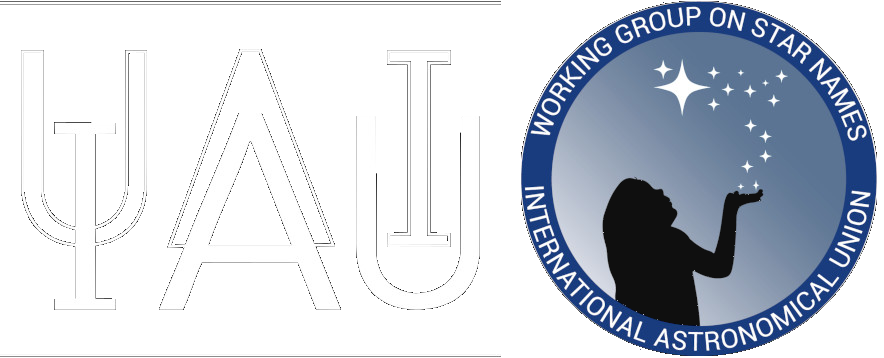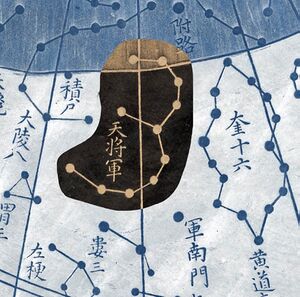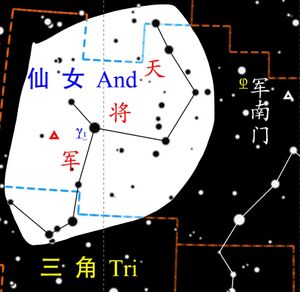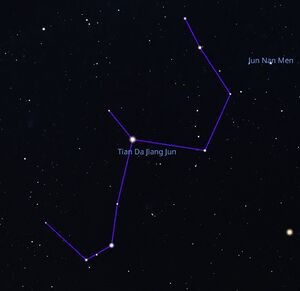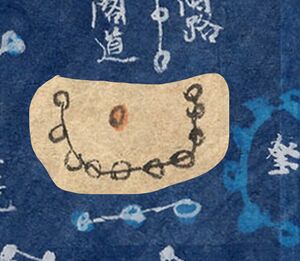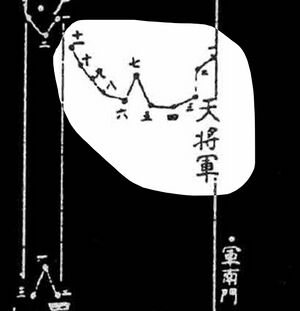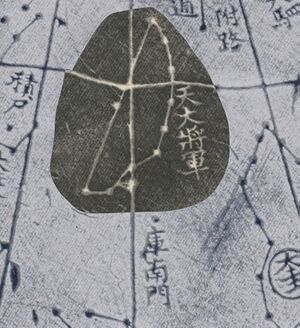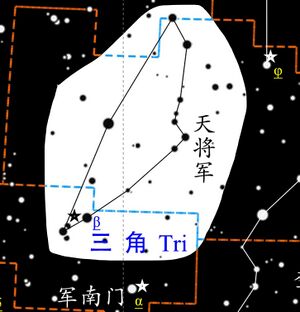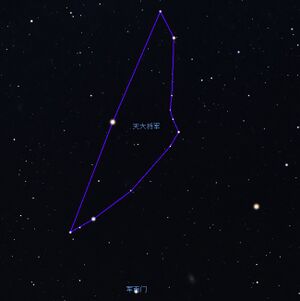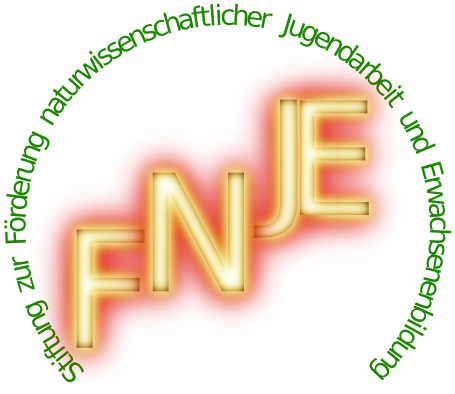Tian Dajiangjun (天大将军)
Tian Dajiangjun (天大将军, “Celestial Grand General”) is a Chinese star name that traditionally comprises 11 stars, although some sources record 12.
Etymology and History
The earliest attestation of this asterism is found in the Shishi xingjing (Star Canon of Master Shi), compiled in the late 2nd century BCE—though some scholars argue that the canon origins in the 4th century BCE. Prior to the Tang dynasty (618-907), extant star maps and official histories refer to it simply as "Tian Jiangjun" (天将军, "Celestial General"), whereas the Shishi xingjing employs both "Tian Jiangjun" and "Tian Dajiangjun." From the Song dynasty (960-1279) onward, the longer form “Tian Dajiangjun” became more prevalent.
Despite variations in nomenclature, the Shishi xingjing clearly identifies this asterism as representing "the Grand General in Heaven" (天之大将军也).[1] The term dajiangjun (“Grand General”) emerged in late time of the Warring States (475 -221 BCE) period to distinguish a commander-in-chief from subordinate generals, while shangjiangjun (上将军, "High General") appears to have been more common at the time. At early time of Emperor Wu of Han (r. 141 – 87 BCE), dajiangjun was institutionalized as an official title, ranking alongside the Prime Minister but often wielding greater de facto authority, effectively making the Grand General the highest-ranking official beneath the emperor himself.[2] Accordingly, the designation of a celestial “Grand General” is more plausibly a development of the post-reform Han imperial system.
The Eastern Han scholar Xi Meng (郗萌) once mentioned a related asterism, Tianjiangjun qi (天将军旗, “The Banner of the Celestial General”), said to be located beside Tian Jiangjun.[3] However, further details about this configuration have been lost.
Identification of stars
| Star Names or Orders(Qing) | Ho PENG YOKE[4] | Yi Shitong Based on catalogue in 18th century(Qing Dynasty)[5] | Pan Nai based on Xinyixiangfayao Star Map[6] | Pan Nai based on catalogues in Yuan Dynasty[7] | SUN X. & J. Kistemaker Han Dynasty[8] | Boshun Yang before Tang Dynasty[9] | Boshun Yang Song Huangyou(1052)[10] |
|---|---|---|---|---|---|---|---|
| 1st/Determinative | gamma 1 And | gamma 1 And | beta Tri | gamma 1 And | gamma 1 And | gamma 1 And | beta Tri |
| 2nd | phi Per | phi Per | 6 Tri | phi Per | phi Per | b And | gamma Tri |
| 3rd | 51 And | 51 And | 10 Tri | 51 And | 51 And | nu And | gamma 1 And |
| 4th | 49 And | 49 And | gamma 1 And | chi And | 49 And | omega And | phi Per |
| 5th | chi And | chi And | phi Per | HIP 7918 | chi And | 51 And | 51 And |
| 6th | HIP 7825 | nu And | 51 And | nu And | nu And | phi Per | chi And |
| 7th | HIP 7918 | Tau And | chi And | Tau And | Tau And | 58 And | HIP 7825 |
| 8th | nu And | 56 And | nu And | 56 And | beta Tri | beta Tri | HIP 7918 |
| 9th | Tau And | beta Tri | Tau And | 58 And | gamma Tri | delta Tri | nu And |
| 10th | 56 And | gamma Tri | HIP 8432 | beta Tri | delta Tri | gamma Tri | tau And |
| 11th | beta And | delta Tri | 56 And | gamma Tri | 58 And | 14 Tri | 56 And |
| delta Tri |
Maps (Gallery)
| historical map | modern identification (Yang 2023) | same in Stellarium 25.1 |
|---|---|---|
Star Name Discussion (IAU)
In 202x, the name of the historical constellation "xxx" was suggested to be used for one of the stars in this constellation. ...
Decision: ...
References
- ↑ Qutan Xida. Kaiyuanzhanjing 开元占经. Jiuzhou Press, P. 636.
- ↑ An Zuozhang, Xiong Tieji. Qin Han Guanzhi Shigao (Draft History of Qin and Han Dynasty Official Systems). Jinan: Qilu shushe, 2007: 233-251.
- ↑ Qutan Xida. Kaiyuanzhanjing 开元占经. Jiuzhou Press, P. 636.
- ↑ P.-Y. Ho, “Ancient And Mediaeval Observations of Comets and Novae in Chinese Sources,” Vistas in Astronomy, 5(1962), 127-225.
- ↑ Yi Shitong伊世同. Zhongxi Duizhao Hengxing Tubiao中西对照恒星图表1950. Beijing: Science Press.1981: 83.
- ↑ Pan Nai潘鼐. Zhongguo Hengxing Guance shi中国恒星观测史[M]. Shanghai: Xuelin Pree. 2009. p301.
- ↑ Pan Nai潘鼐. Zhongguo Hengxing Guance shi中国恒星观测史[M]. Shanghai: Xuelin Pree. 2009. p436.
- ↑ Sun Xiaochun. & Kistemaker J. The Chinese sky during the Han. Leiden: Brill. 1997, Pp241-6.
- ↑ B.-S. Yang杨伯顺, Zhongguo Chuantong Hengxing Guance Jingdu ji Xingguan Yanbian Yanjiu 中国传统恒星观测精度及星官演变研究 (A Research on the Accuracy of Chinese Traditional Star Observation and the Evolution of Constellations), PhD thesis, (Hefei: University of Science and Technology of China, 2023). 276-277.
- ↑ B.-S. Yang杨伯顺, Zhongguo Chuantong Hengxing Guance Jingdu ji Xingguan Yanbian Yanjiu 中国传统恒星观测精度及星官演变研究 (A Research on the Accuracy of Chinese Traditional Star Observation and the Evolution of Constellations), PhD thesis, (Hefei: University of Science and Technology of China, 2023). 276-277.
